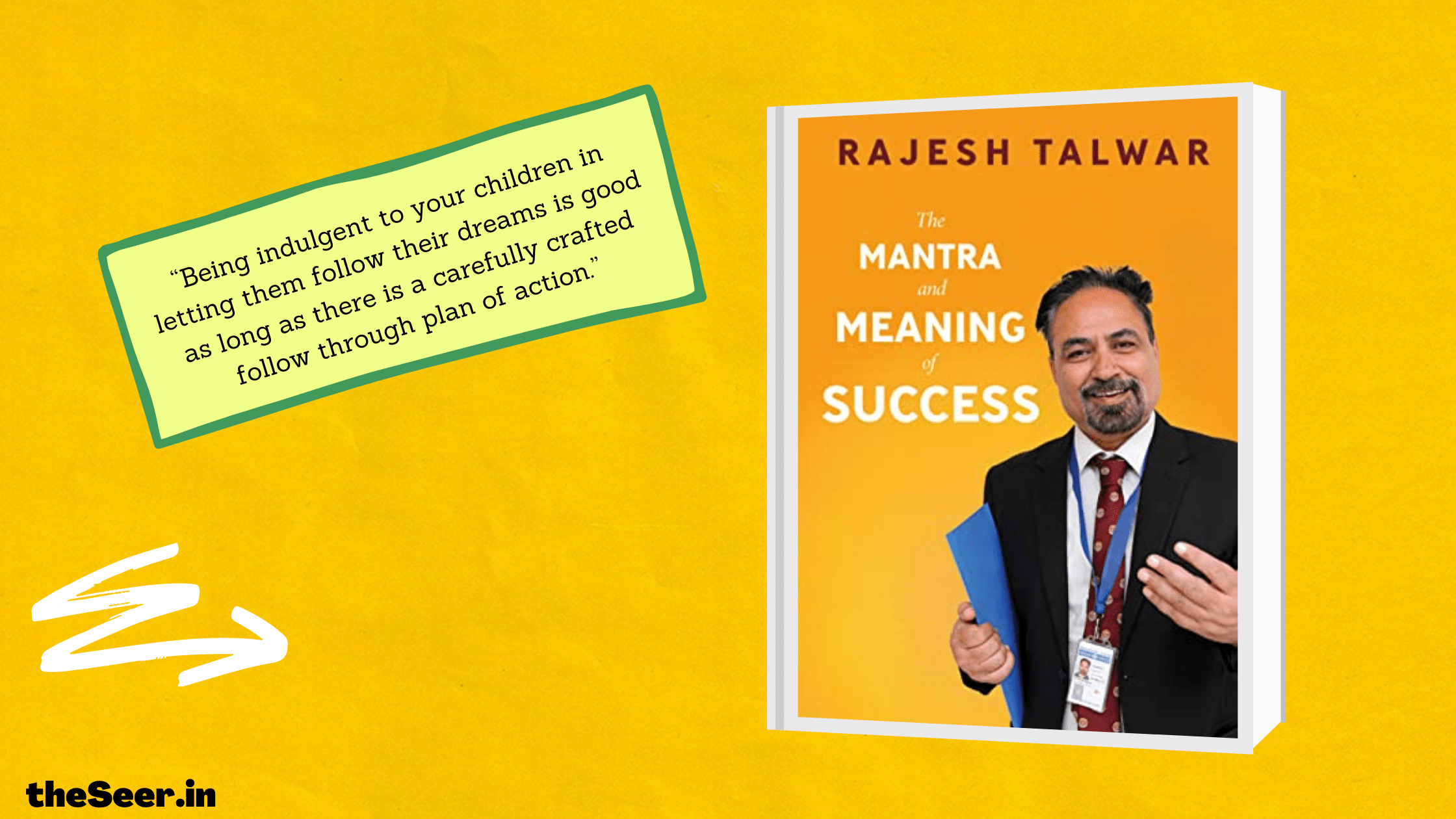Over the last one week, I read Rajesh Talwar’s The Mantra and Meaning of Success. Currently working as Deputy Legal Adviser to the United Nations Mission in Afghanistan, the author’s resume is a thing of envy. He has penned 31 books and regularly writes for some of the most popular publications in India and outside, viz. The Economic Times, The Guardian (UK), The Pioneer, The Times of India, The Patriot, Manushi, The Sunday Mail, and The New Indian Express. The book in my hand falls in the Self-Help category and has been published by Bridging Borders publishing house.
There are several reasons to like the book. I love the fact that Mr. Talwar keeps no pretence about the target audience of this book. The author sets a clear context while doing the Introduction and explains the need of such a book for the Indian readers set against an Indian backdrop. The author believes that most of the acclaimed and widely read books in the genre have been written with a western lens and targeted at the western reader. That’s true to a good extent and reading a book that probes the Indian pop-culture and well-known stories from India to cite examples adds to the relatability of the book. It’s not that the book doesn’t have cases from outside India. In fact, the book is heavily reliant on global icons like Bill Gates, Bob Dylan, Mario Puzo and others in order to explain success, failure and related themes. Even if you are a reader from outside India, it shouldn’t be very difficult to connect.
The book is also a far cry from other books in the genre that promise to give you a magic pill of success. More than telling how to become successful, this book tackles the question ‘What is Success?’. The author tries to look at success from multiple perspectives. Success can have diverse colours and so the book begins with those three things people generally relate success with – Fame, Money, and Power.
On a different note, the strength of this book also ends up becoming its disadvantage after a point. Too many simplistic conclusions are drawn from stories that seem to present multiple layers for inspection and rumination. The way these conclusions are drawn may leave readers looking for nuance a bit disappointed. A sense of rush to pack as many tales as possible in one book is palpable throughout and this creates a few problems. Firstly, many of these stories are in public domain and provided that the author doesn’t have an inside view of individuals mentioned in these stories, it’s hard to ascertain the accuracy or correctness of the inferences made. Secondly, page time for author’s own views and thoughts is considerably reduced. Even though we are reading a book about a concept that should draw a lot more from the respected author’s own life and struggles, by the end of the book, we don’t really get to know the author or his ideas well enough. I would have liked the book better if it had more focus and had dug deeper into the subject. Additionally, even though art is subjective, the book cover borders on bland and has scope for improvement to grab more eyeballs.
An individual like Mr. Rajesh Talwar surely knows what success looks like and it is only natural that the book is filled with anecdotes from Mr. Talwar’s surroundings. The book stresses on the importance of balancing between fame, money, power and suggests ways to do it, and narrates several examples to underline the correlation. If you are looking for a quick, crisp read with stories of success and failure that inspire without bothering to get into details, this is definitely a one-time read.
Like what you just read? Become TheSeer Insider. You will be receiving a letter from us once in a while to help you live a more mindful life. Enter your email id below and click on subscribe. We won’t spam you, ever!

